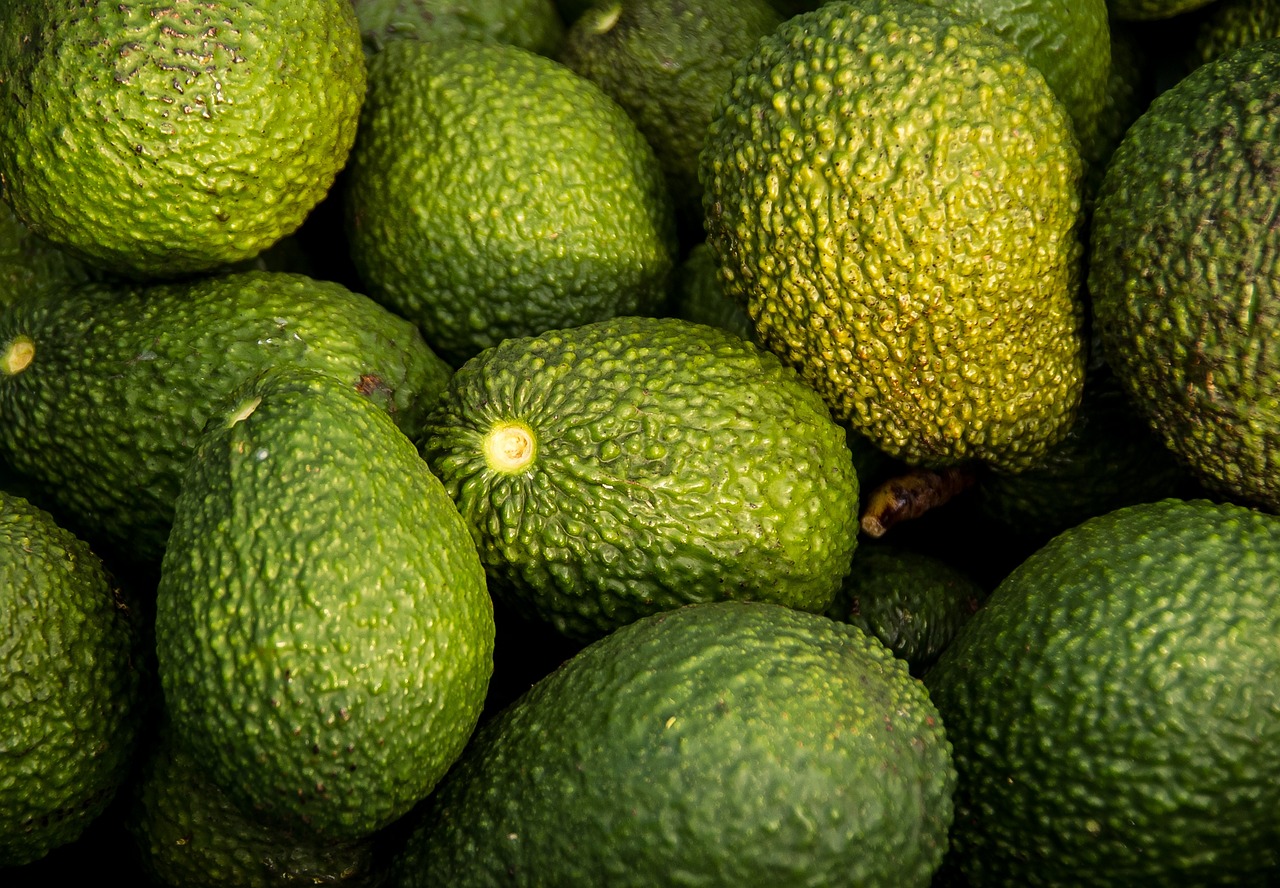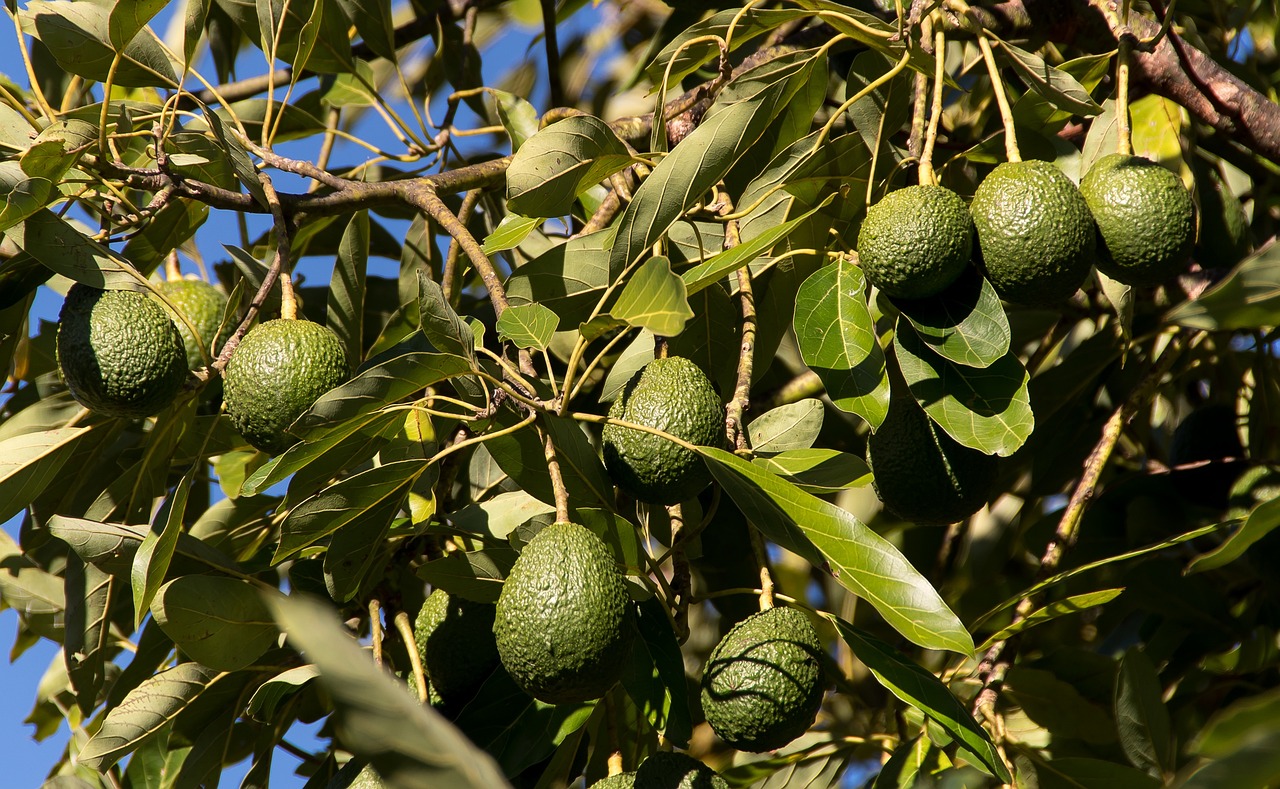Hass avocado trees typically grow 1 to 2 feet annually, reaching maturity in 3 to 4 years. Growth depends on factors like soil, climate, and care practices. Understanding these milestones and providing optimal conditions are key for successful commercial cultivation, ensuring healthy trees and bountiful harvests over time.
Over the years, I’ve become quite enamored with Hass avocados—not only because of their creamy texture and rich flavor but also because they pack so many health benefits. When I started growing mine, I noticed that Hass stands out among other varieties for its taste and market appeal. It’s no wonder it’s a favorite for commercial growers; the demand is high, and market value often justifies the effort.

Understanding How Fast My Hass Trees Grow
When I first started, I always paid close attention to the growth rate of my Hass trees because I knew it was key to planning my harvests and managing my resources. Knowing that these trees typically mature in about 3 to 4 years helps me set realistic expectations, but I always remind myself that patience is essential. Environmental factors like soil quality, climate, and irrigation can make a big difference—something I learned from my own trial and error experience.
Pro-Tips for Growing Hass Avocado Trees (From My Experience)
When I first started growing Hass avocado trees, I quickly realized that patience is key. I began with small saplings and expected quick results, but I learned the hard way that these trees take several years to mature and produce fruit. Now, I remind myself to stay consistent and avoid rushing the process.
One thing I wish I had known earlier is how crucial soil quality is. I initially planted in soil lacking proper drainage, which stunted my trees’ growth. After switching to well-draining, organic-rich soil and adding compost regularly, I saw a noticeable improvement. Don’t underestimate the power of good soil—your trees will thank you.
I also underestimated how sensitive Hass trees are to climate. I’ve experienced frost damage when I planted too far north; now I make sure to plant only in areas where temperatures stay above 60°F during cold months or protect them with blankets if frost is forecasted.
Another common mistake I made early on was overwatering. It might seem counterintuitive, but too much water can cause root rot. I learned to use moisture sensors and check the soil regularly, watering only when the top inch feels dry. Drip irrigation has been invaluable in maintaining consistent moisture without overdoing it.
Pruning seemed daunting at first—I was nervous about damaging my trees. But I quickly found that gentle pruning at the right times encourages stronger growth and better airflow. I always prune minimally and avoid cutting too much at once to prevent stress.
Finally, pest management is something I now monitor daily. I used to ignore early signs of pests, but I’ve learned that catching issues like spider mites or fungal infections early with organic controls saves a lot of trouble later. Regular checks and good sanitation are my best defenses.
Remember, growing Hass avocados is as much about patience and careful management as it is about the planting itself. Small consistent efforts make a big difference in the long run.
Key Factors That Affect Growth (And My Tips)
From my experiences, here’s what I’ve found to be most important—and what I keep in mind:
- Soil Quality: I always make sure my soil drains well and is rich in organic matter. I remember one season when I used heavy clay soil without amendments—my trees struggled. Now, I incorporate compost regularly, and the trees thrive.
- Climate: I’ve learned that Hass trees love warm weather—ideally between 60°F and 85°F. I always warn friends not to plant them where frost occurs because that can really damage their growth.
- Irrigation: Balancing watering can be tricky. I always use drip irrigation because it conserves water and targets the roots directly. I’ve had moments where overwatering led to root rot, so now I keep a moisture sensor handy to avoid that mistake.
- Fertilization: Feeding my trees with balanced nutrients during the right growth stages has made a visible difference in fruit yield and overall health.
In my own orchard, I noticed that a tree starts fruiting around the 3 to 4-year mark, though the yield isn’t huge at first. It took me about 7 years to reach peak productivity, which is a reminder to always be patient and consistent.

Growth Milestones I Keep Track Of
I’ve made a mental note (and sometimes a physical chart) of how a Hass avocado tree grows year by year:
| Age (Years) | Height (Feet) | Fruit Production |
|---|---|---|
| 1 | 3-5 | No fruit |
| 2 | 5-7 | No fruit |
| 3 | 7-9 | First small fruits possible |
| 4 | 10-12 | Light fruit production |
| 5 | 12-14 | Increased yield |
| 6-10 | 14-20+ | Optimal yield |
Proper pruning is something I swear by—I’ve seen firsthand how it encourages a strong structure and better airflow, leading to healthier trees and more abundant fruit. But just a word of warning: over-pruning can stress the tree, so I always do it gently and at the right times.
Pests and diseases are real concerns I keep vigilant about. I’ve had some instances with spider mites and fungal issues, and I learned that regular monitoring, using organic pest controls when possible, is the best route to keep my trees happy and healthy.

My Secrets to Healthy Growth
One thing I always remind myself is that nutrition plays a huge role. I’ve learned that providing the right balance of nitrogen, phosphorus, and potassium according to my soil tests makes all the difference in how my trees grow and how many fruits they produce. I make sure to fertilize during growth spurts and fruiting seasons, as I’ve seen that neglecting this can result in smaller yields.
Knowing When to Harvest—and How
This was my biggest challenge at first: figuring out when my avocados are ready. I always keep an eye on the color change—Hass avocados turn from green to a darker, purplish hue. I learned to gently feel the size and check the seed too. When I saw the seed darkening and the skin developing its characteristic color, I knew it was time to harvest.
Harvesting Tips I Use
- I always prefer hand-harvesting with clippers to avoid bruising. It might take a little longer, but it’s worth it.
- Using a soft basket or cloth-lined container helps prevent damage during collection.
- Early mornings or cooler late afternoons are best—I’ve found that fruit handled during these times stays fresher longer.
Post-Harvest: The Golden Rules
Once I pick the avocados, I take extra care. First, I rinse them carefully to remove any dirt. Then, I sort by size and quality—only the best go to market. I store ripe avocados at around 50°F with high humidity, which slows ripening and keeps them fresh longer. I’ve learned to keep them away from ethylene-producing fruits like bananas too, or they ripen too quickly.
Getting Them to Market
From my experience, understanding what buyers want is vital. I always stay on top of trends—more people want organic, locally sourced avocados, and many are willing to pay a premium for sustainably farmed fruit. Direct sales at farmers’ markets or through online platforms have worked well for me, boosting my profit margins.
My Take on Sustainable Farming
In my journey, I found that sustainable practices—like drip irrigation, cover cropping, and integrated pest management—not only help the environment but also improve the quality of my harvests. I always remind myself that small changes, like conserving water and reducing chemical use, make a big difference in the long run.
Looking Ahead: What I Expect
I always keep an eye on future trends. Technology has become a game-changer—drones, sensors, and data analytics help me monitor my trees precisely and efficiently. Consumer preferences are shifting towards organic and local products, so I tailor my practices accordingly. And staying compliant with regulations on pesticides and water use is something I never overlook—it’s critical for smooth operations and expanding into export markets.
Final Reflections
If there’s one thing I’ve learned from my experience with Hass avocado trees, it’s that understanding their growth rate and the many factors influencing it—like soil, climate, nutrition, and pest management—is essential. Patience, combined with mindful management and a sustainable approach, can turn a young tree into a bountiful source of income and healthful fruit. I always remind myself that the effort I put in today shapes the success of tomorrow’s harvest, and by staying informed and adaptable, I can meet the growing demand for this delicious, nutritious fruit.
